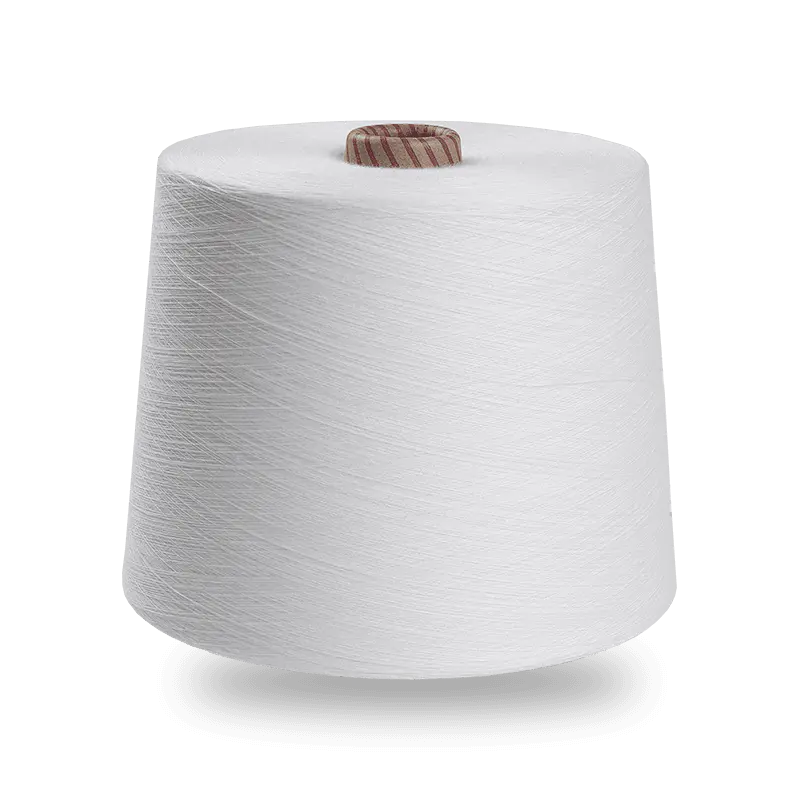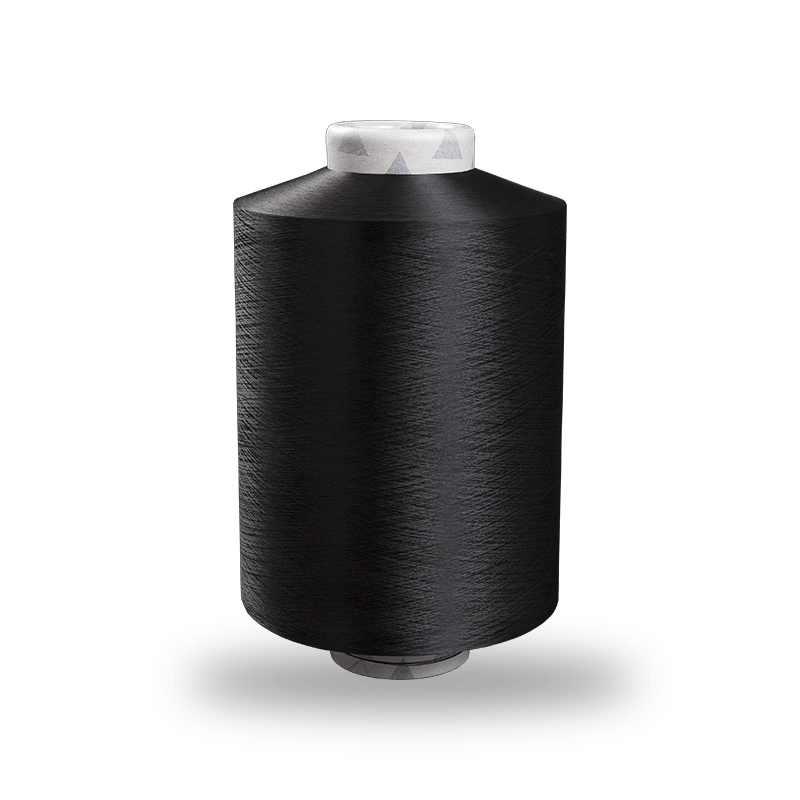Siro Compact Spun yarn, which combines the advanced features of siro spinning and compact spinning, offers numerous advantages that elevate fabric quality. Known for its strength, minimal hairiness, and high durability, this yarn is increasingly sought after for premium textiles. But beyond these mechanical properties, an important question often arises: can Siro Compact Spun yarn be dyed easily, and how does its smoothness affect the dyeing process? This question delves into the intricacies of yarn processing and fabric production, offering insights into how this particular yarn behaves during the dyeing phase.
The smoothness of Siro Compact Spun yarn plays a crucial role in how it interacts with dyes. One of the standout characteristics of this yarn is its tightly packed structure and reduced hairiness. Unlike traditional spun yarns, Siro Compact Spun minimizes the presence of protruding fibers, resulting in a sleek and even surface. This smoothness significantly benefits the dyeing process by allowing the yarn to absorb dye more uniformly. In simpler terms, fabrics made from this yarn are less prone to uneven dye patches, making the final product look cleaner and more consistent. The uniformity of the yarn, in terms of both its thickness and structure, ensures that the dye can penetrate each fiber in a balanced way, reducing the chances of color inconsistencies or blotches that might otherwise occur in coarser yarns.
Moreover, the compact structure of the yarn influences its dye uptake. Because the fibers are tightly spun together, there is less space between them compared to more loosely spun yarns. This compact nature helps to trap the dye within the yarn more effectively, leading to a deeper, richer color that is both durable and vibrant. However, the higher density can sometimes require adjustments in the dyeing process. The yarn may require slightly more time or a stronger dye bath to ensure that the color is fully absorbed. This is particularly true when working with fiber blends, such as polyester and viscose or acrylic and viscose, where different fibers within the same yarn might absorb dye at different rates.

In terms of practical dyeing considerations, Siro Compact Spun yarn can be dyed with standard techniques used for other fine yarns. Reactive, disperse, and vat dyes can all work well, depending on the specific fiber composition. The dyeing process for such yarns typically requires attention to the temperature, pH, and time to ensure the best results, especially when targeting deep or complex shades. The minimal hairiness of the yarn also reduces the chances of uneven dyeing, which can often happen in yarns with more texture or protruding fibers that might result in color irregularities. As a result, fabrics made from Siro Compact Spun yarn tend to be cleaner and more consistent, with less risk of the dye seeping out of the fiber or fading over time.
When it comes to colorfastness, Siro Compact Spun yarn excels. Thanks to its even structure and the way the fibers are compacted, there is a better chance for the dye to bond firmly to the fibers, reducing the risk of fading during washing or wearing. This is a key selling point for high-end fabrics, where color consistency and longevity are critical factors in the finished product's value. Additionally, the reduced hairiness means there are fewer fibers to catch or release dye, further contributing to the uniformity of the color.
The smooth, tightly compacted nature of Siro Compact Spun yarn makes it an excellent choice for dyeing, offering advantages such as uniformity, consistent color uptake, and minimal risk of dyeing flaws. While some adjustments in dyeing procedures might be needed to account for the yarn’s density, overall, this yarn type performs exceptionally well in the dyeing process. Its ability to hold color and produce clean, consistent fabric surfaces makes it a top choice for high-end textile production, where both the appearance and durability of the fabric are essential.


 English
English 中文简体
中文简体 عربى
عربى










